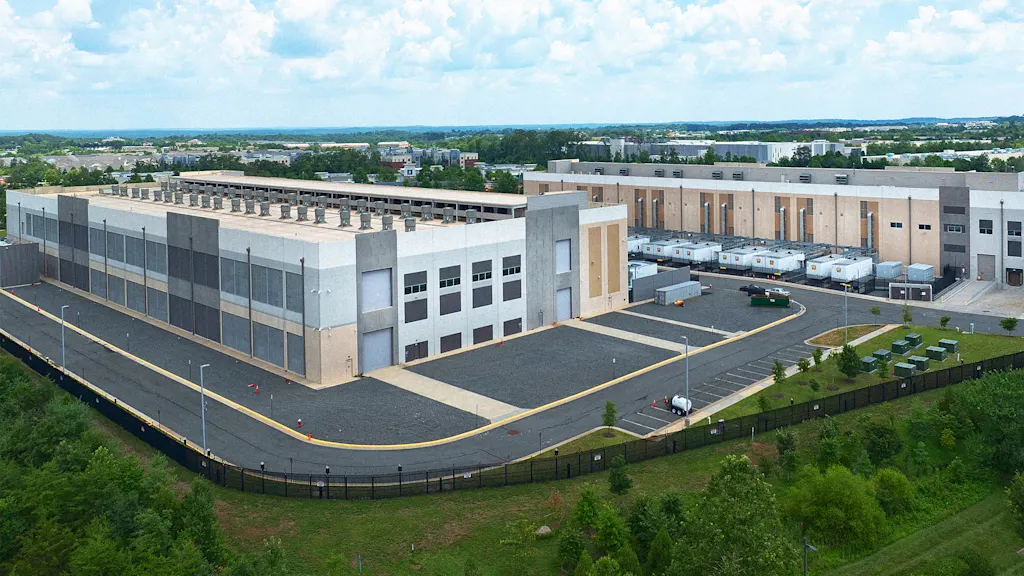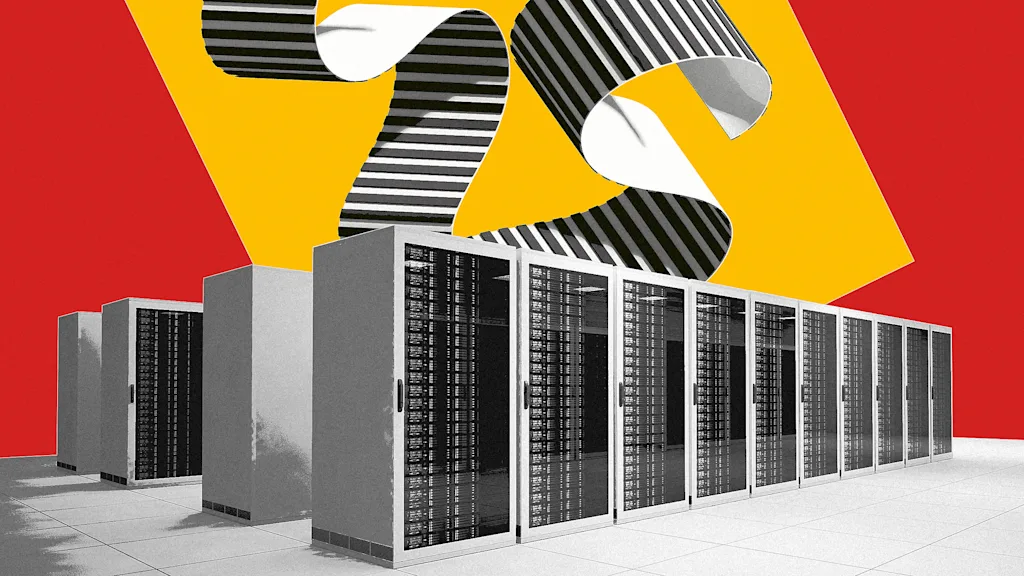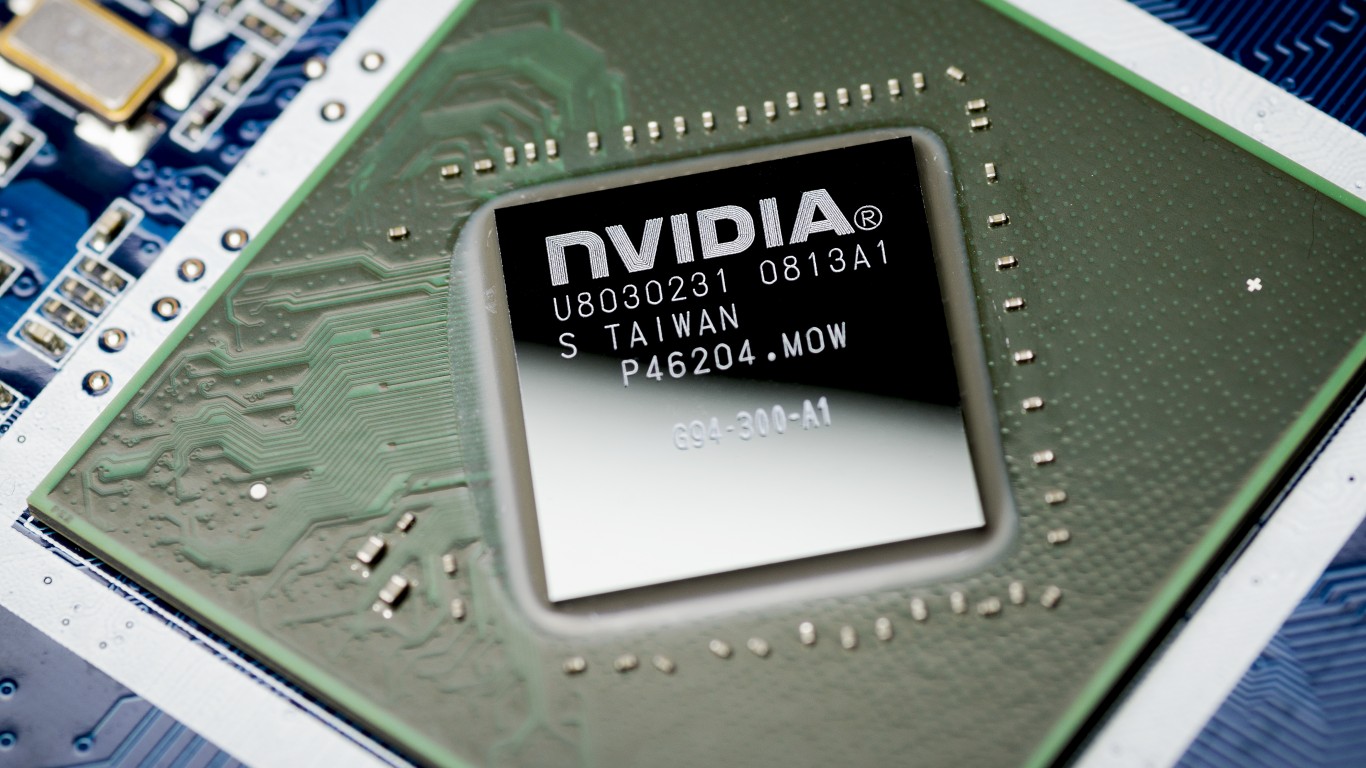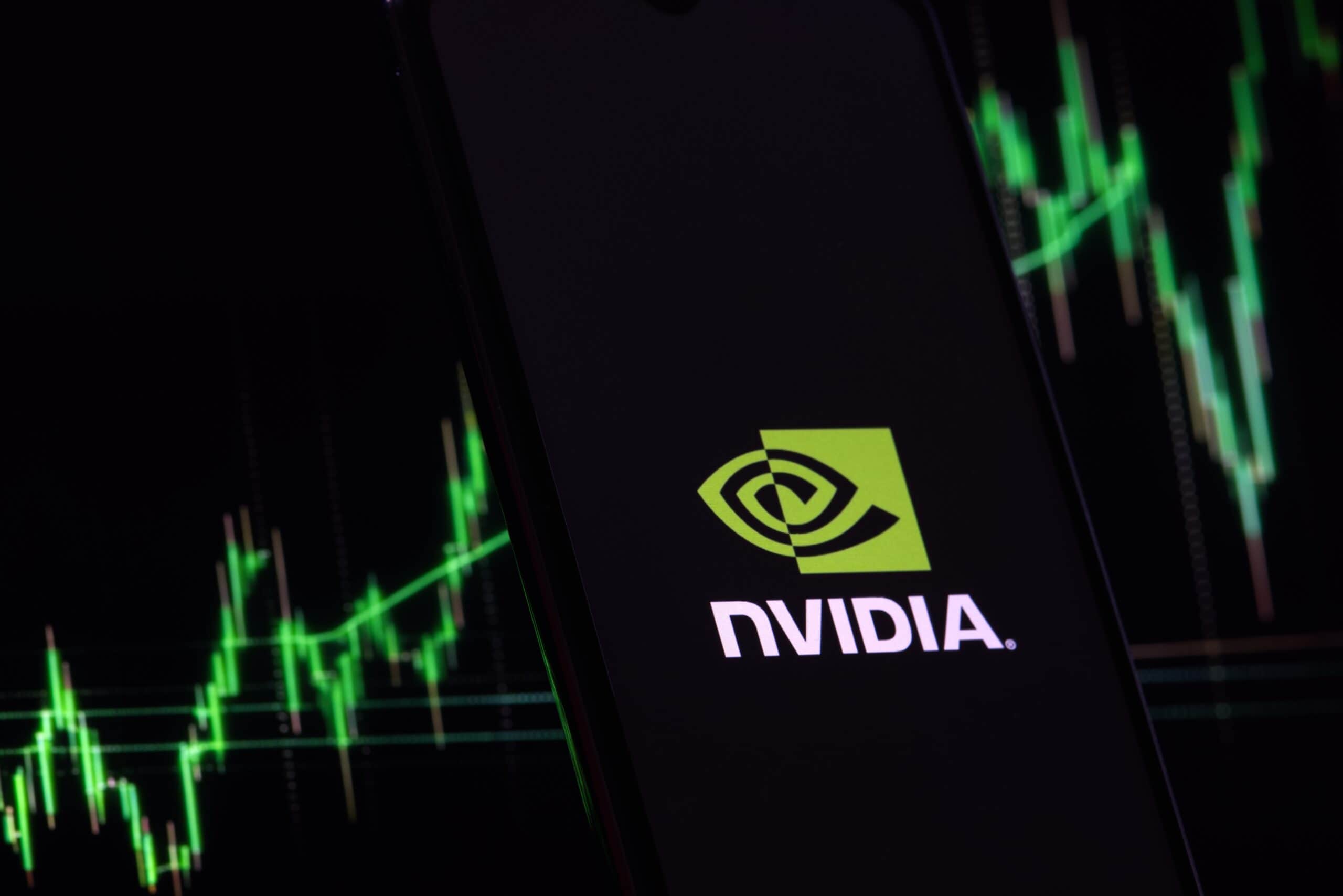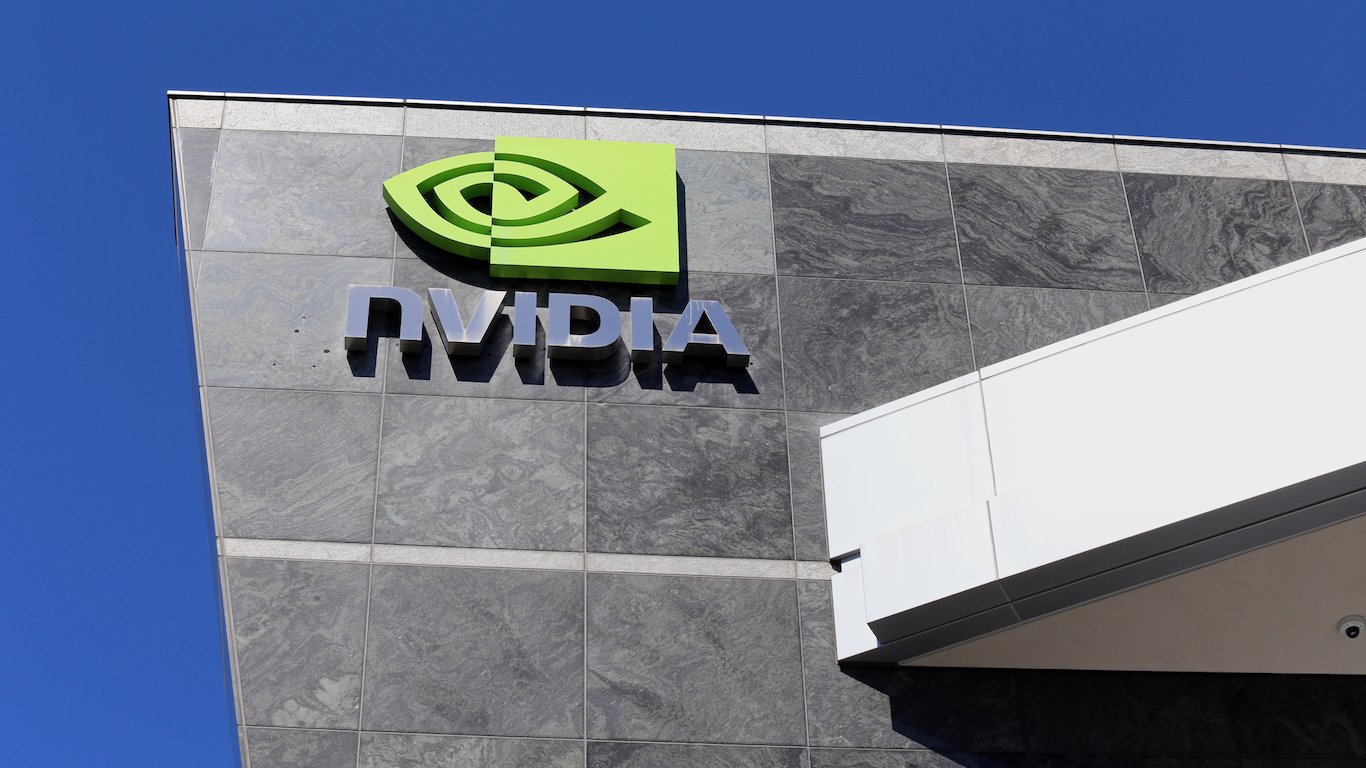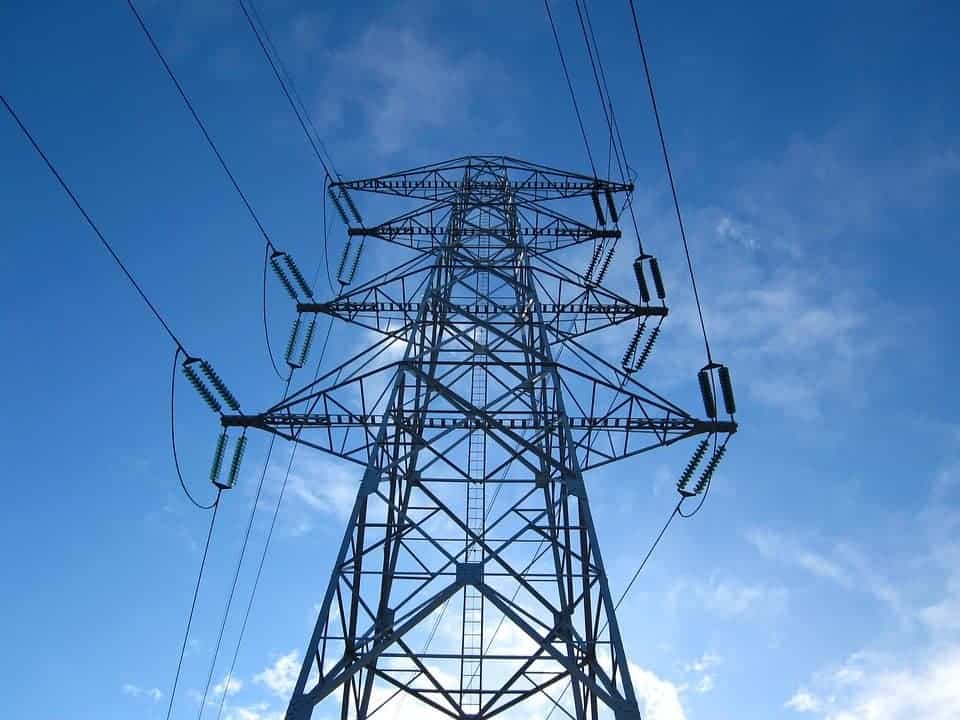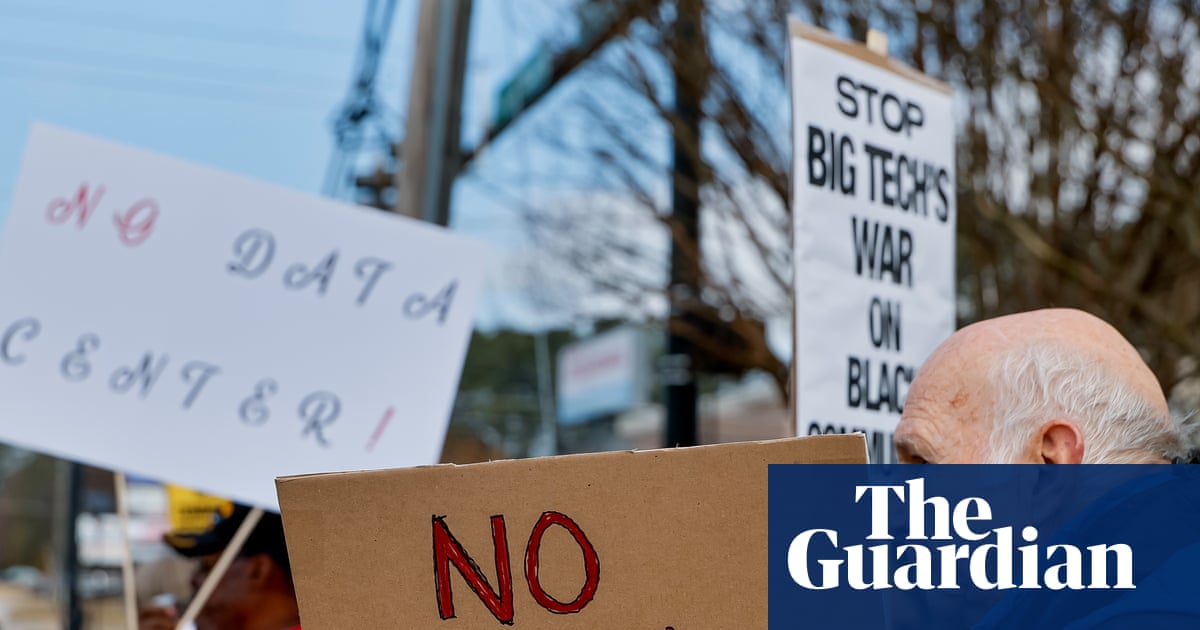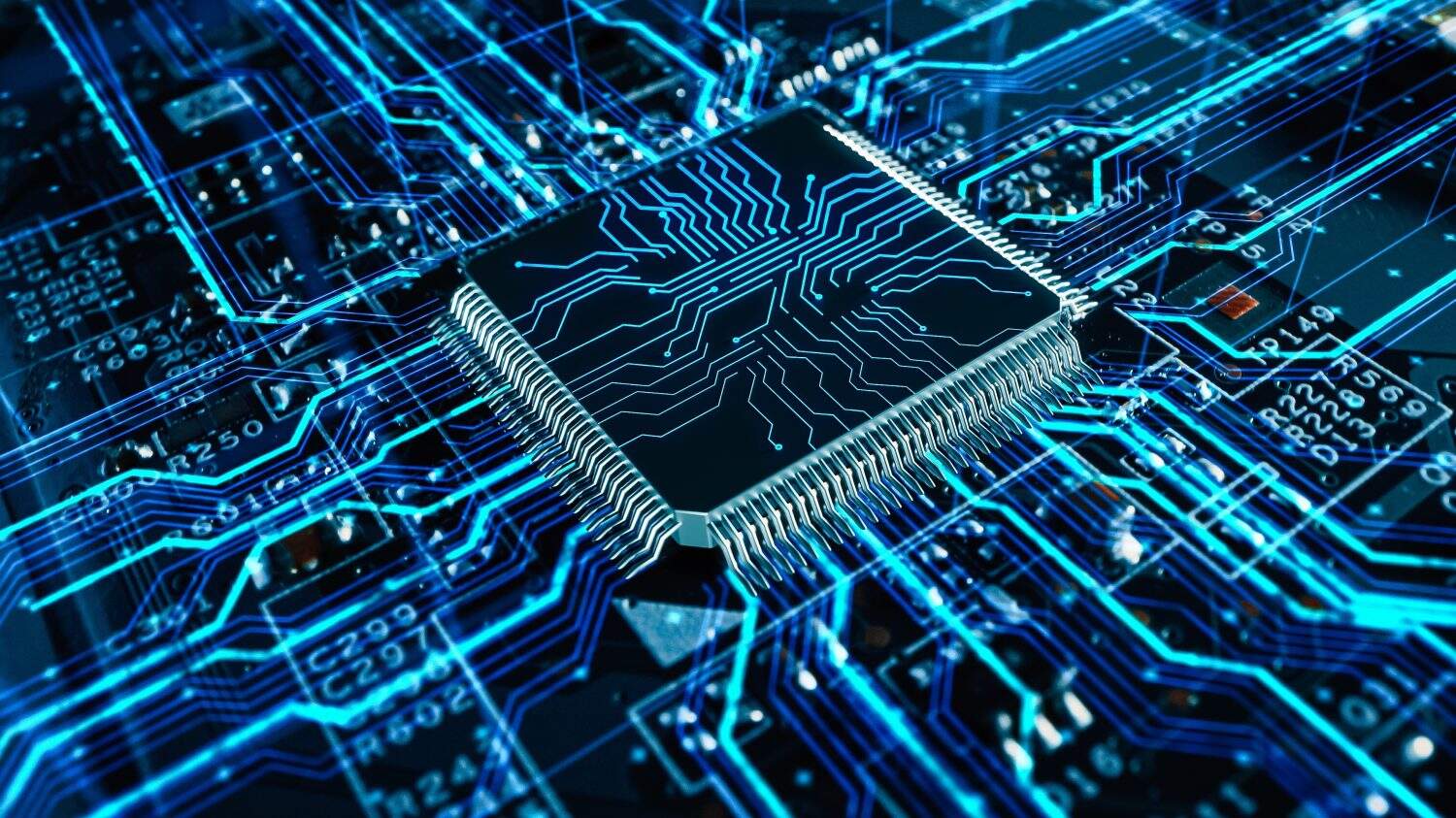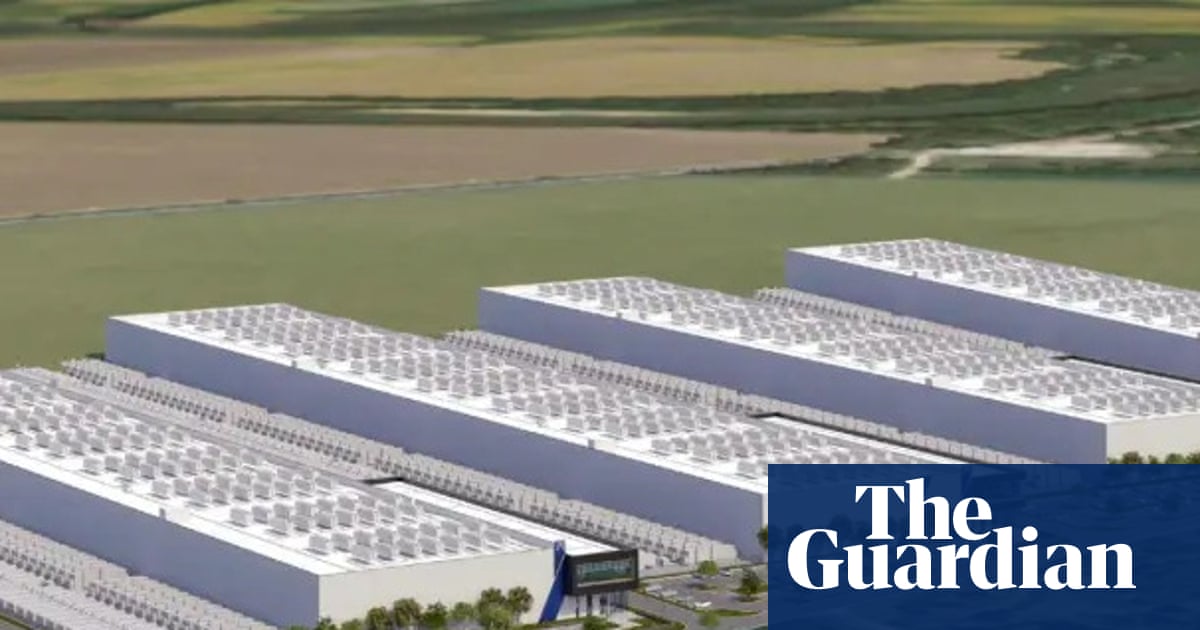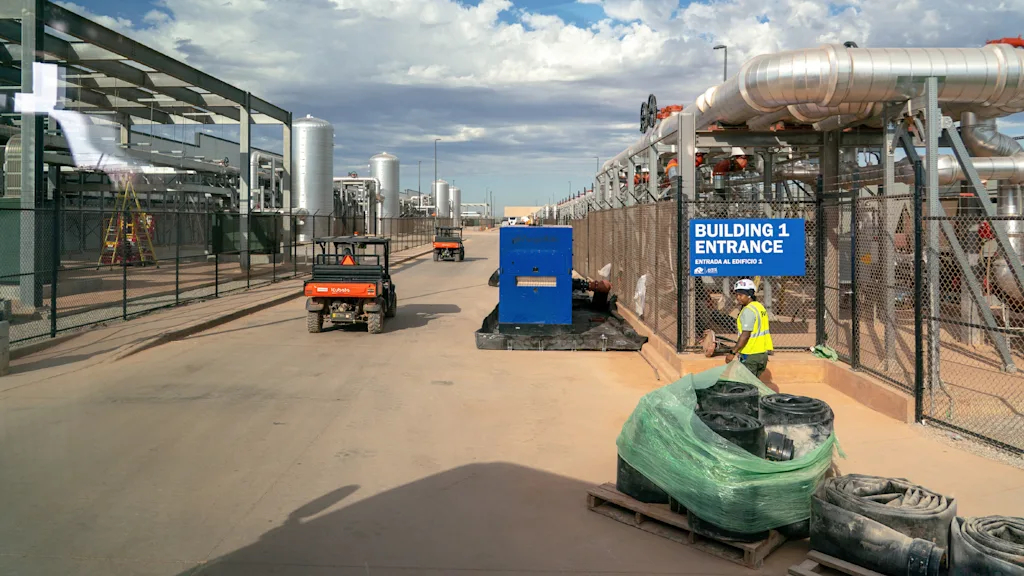fromTechzine Global
1 day agoAnthropic aims to raise $10B with a valuation of $350B
Anthropic appears to be preparing for one of the largest financing rounds ever in the AI sector. The developer of the Claude chatbot is in talks with investors about a capital injection of approximately $10 billion, which would value the company at around $350 billion. This would mean another sharp rise in valuation in a short period of time. According to reports in The Wall Street Journal, investor Coatue Management and Singapore's sovereign wealth fund GIC are leading this round.
Venture





